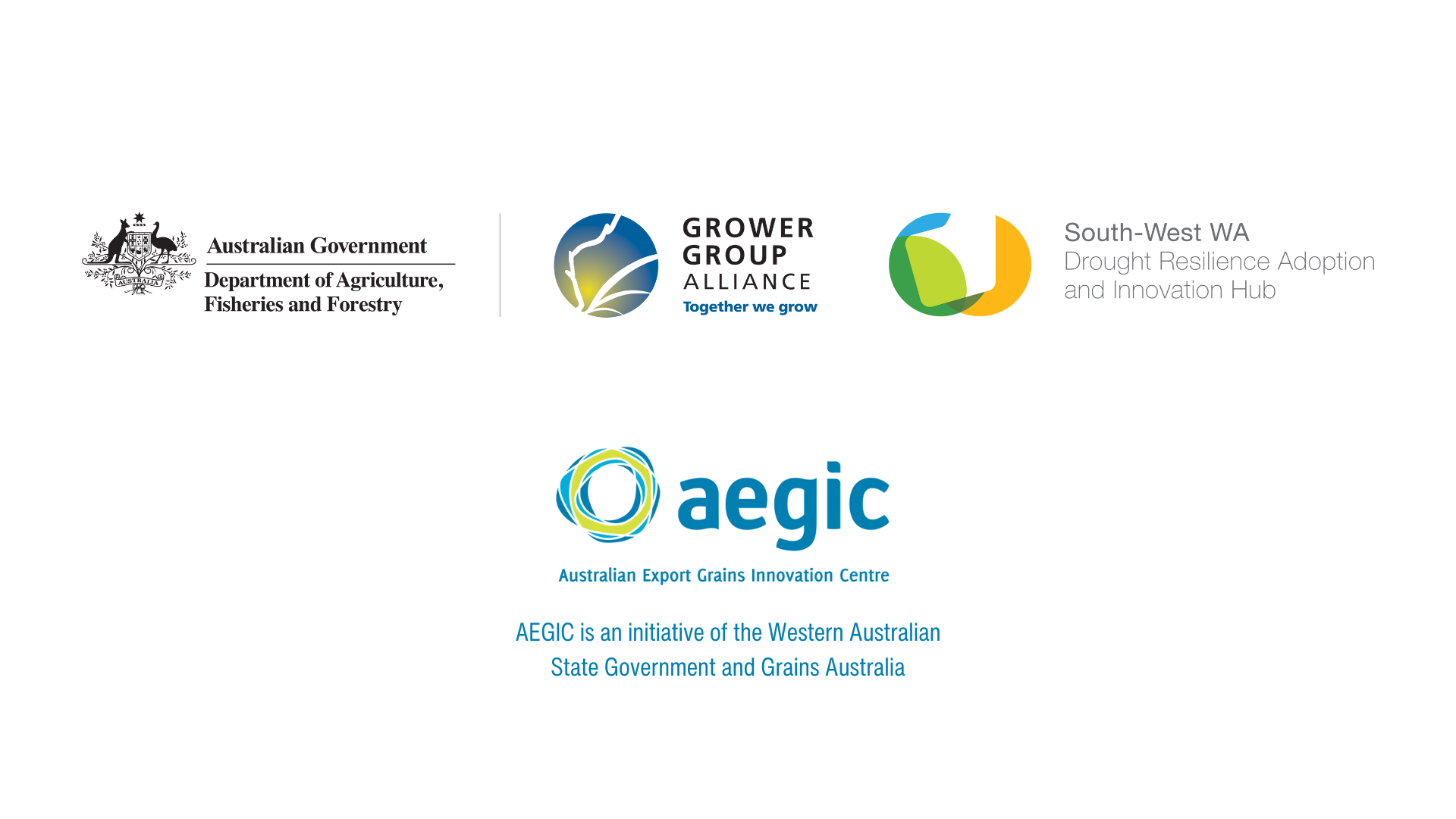Project lead: Australian Export Grains Innovation Centre (AEGIC)
Project overview
Rapid turnover of new varieties of Australian malting barley (export and domestic maltsters) is a major concern for domestic and international customers. Processing to evaluate the functionality of new varieties and determine how to best malt each new variety costs industry and maltsters significant time and money.
To address this concern and provide consistent returns to farmers and processors, the Australian Export Grains Innovation Centre (AEGIC) designed and developed the ‘MultiMalter’, an innovative laboratory-scale malting prototype.
Unlike conventional micromalters that test one malting protocol at a time, taking seven days per test, the MultiMalter can simultaneously assess six different protocols. The prototype integrates all micro malting functions, including steeping, germination, and kilning. This advancement enables malt houses to accumulate the equivalent of six weeks’ worth of data in a single week, facilitating quicker approval of new barley varieties and more efficient resource allocation.
Impacts and Results
The fabrication of the MultiMalter unit has been completed and final testing continues. The work to date has been accepted and approved by the Malting and Brewing Industry Barley Technical Committee (MBIBTC) as producing consistent results with comparable and current micromalting units.
Finding a local engineer to build a prototype in Western Australia can be challenging due to the scarcity of skilled professionals, but the collaboration with DSM Consulting Engineers proved highly beneficial to this project. This is attributed to their nuanced understanding of local regulations, the convenience of proximity for effective communication, and the potential for fostering long-term partnerships that facilitate iterative improvements.
The outcomes from this project will be evaluated over time, evolving as new barley varieties are released and additional data is generated for Australian malt and malt barley users. However, a Benefit Cost Analysis has calculated a net benefit of $12.22 million (NPV at 7% social discount rate) spanning over a decade.
This project was funded by the Australian Government’s Agricultural Innovation Hubs Program and was initiated through the South-West WA Drought Resilience Adoption and Innovation Hub.
Additional resources
Collaborators

